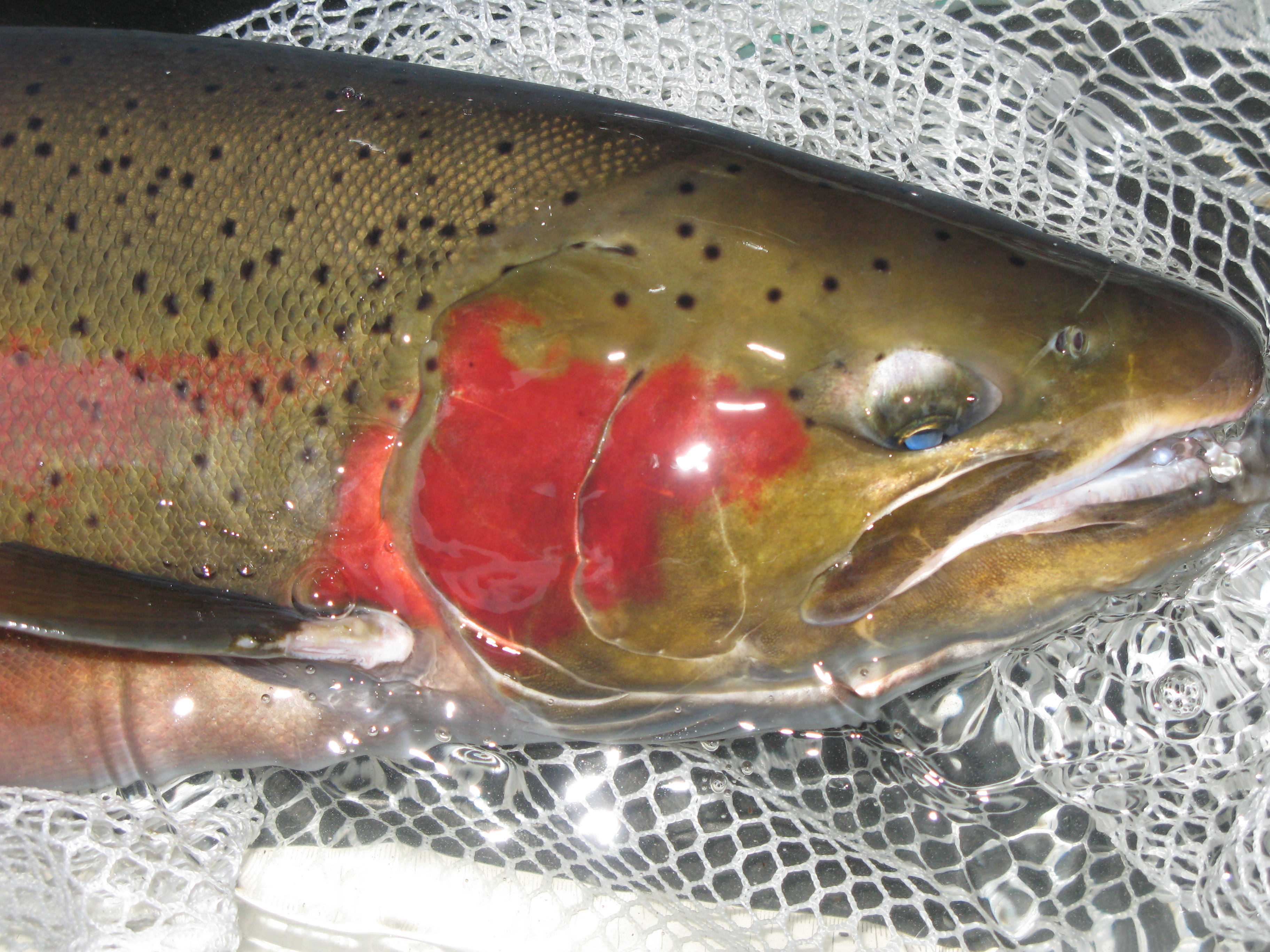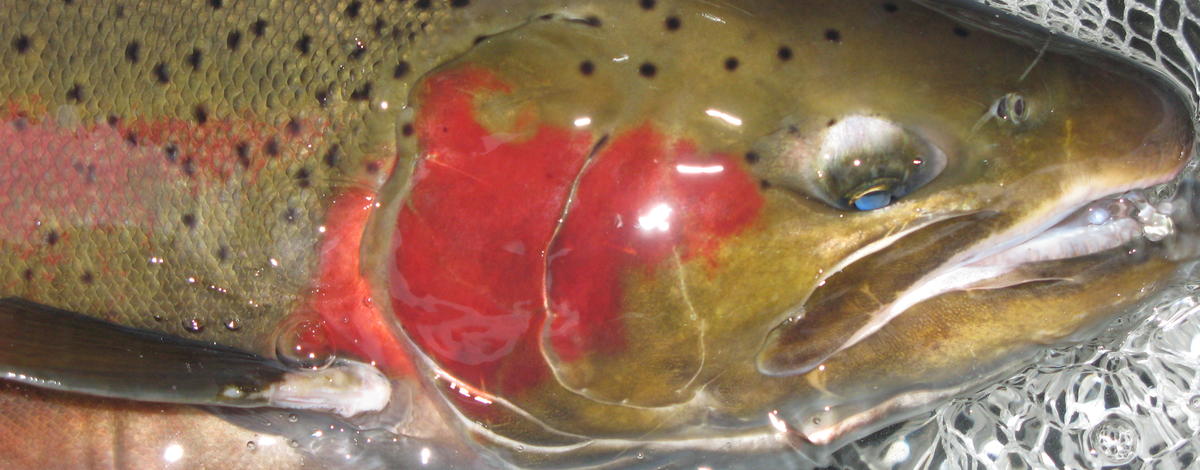Written by Will Lubenau, University of Idaho
Spring is just around the corner! That means University of Idaho and Idaho Fish and Game personnel have resumed tagging for the steelhead encounter rate and catch-and-release study. Spring tagging for 2021 will be the final field component for the project and we have estimated about 350 fish will be tagged from early March to early May. Spring also means that wild steelhead tagged as part of the study last fall and this spring will be spawning in the next few months. So where will they be spawning you might ask?

Last fall when we T-bar tagged hatchery and wild fish at Lower Granite Dam so anglers could report tags, we also took a small tissue sample from the fin of each fish to determine if a fish was truly wild or an adipose-intact hatchery fish (for more information on that click here). If a fish was wild, we also used the tissue sample to identify where it was going. We recently received our results from the laboratory and of the 2,014 tagged fish, 1,024 were adipose-clipped hatchery fish, 801 were wild fish, 177 were unclipped hatchery-origin fish, and 12 fish were unknown origin. Where were the wild fish that we tagged going? To answer that question and compare the two years of the study, I have included a graph below with the results of the genetics work.

This figure will change a little as we work through the spring, but overall tagging is similar between the two years. We do seem to have a little better representation of fish bound for some areas in Idaho in the second year. Increases in representation in the upper Clearwater, Middle Fork Salmon, and South Fork Salmon line up with the improved abundance we saw in Clearwater River hatchery fish this year. That is largely because those specific wild stocks and Clearwater River hatchery fish mostly spend 2 years in the ocean, compared to other stocks that mostly spend 1 year in the ocean (for more information on this topic click here). The portion of the steelhead run going to the Grande Ronde is often the most abundant and that was the case the past couple years as well. It is good news that these year-to-year similarities and changes in the steelhead run are reflected in our tagged fish because it tells us the different stocks passing Lower Granite Dam are properly represented in the study.
As the fishery winds down, please remember to gather and report any tags you might be holding on to. This is particularly important now that we are nearing the end of the study. Tags can be reported at https://idfg.idaho.gov/fish/tag/add. Thanks to everyone that has reported a tag to date!
For more information on Idaho’s wild salmon and steelhead click here.

